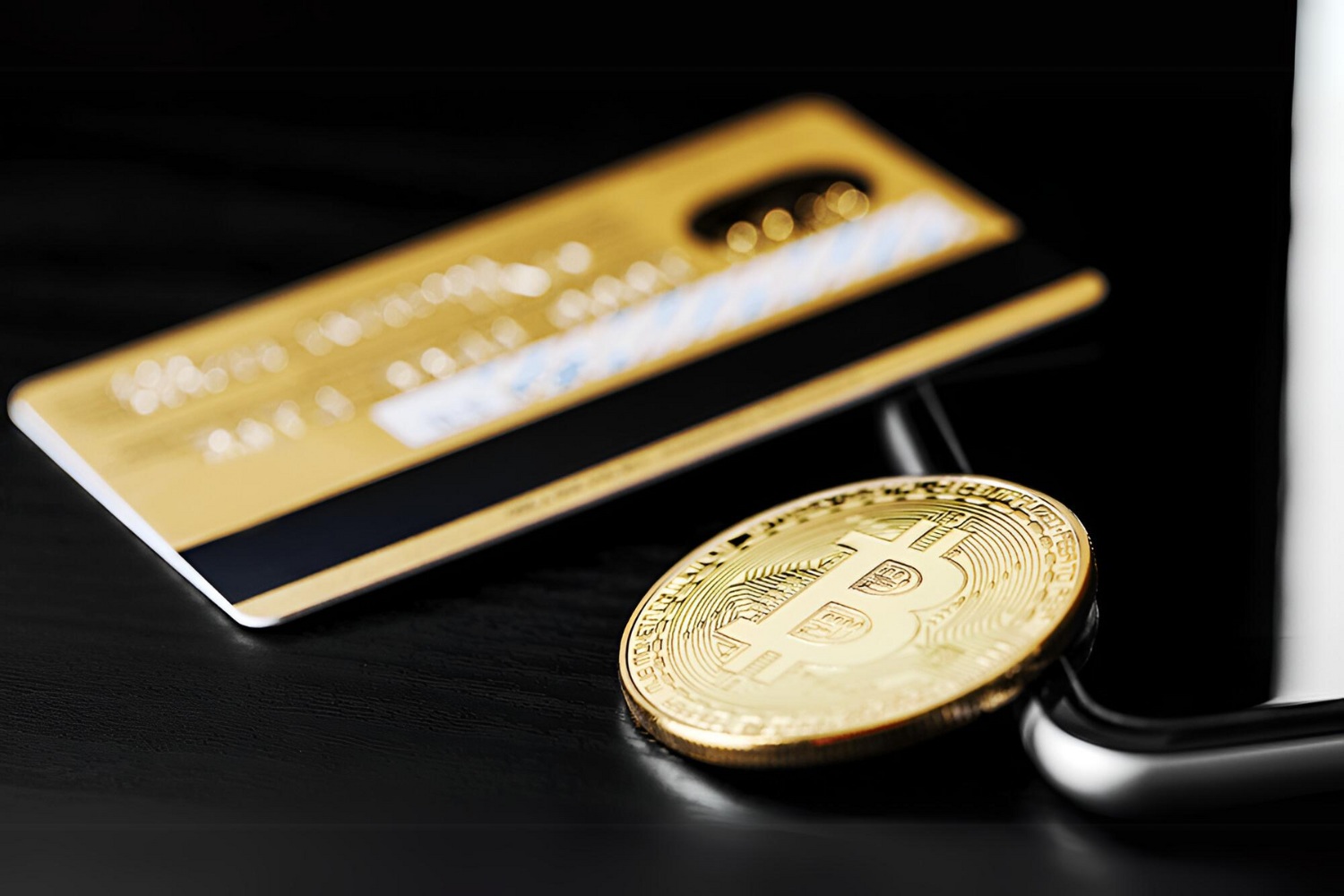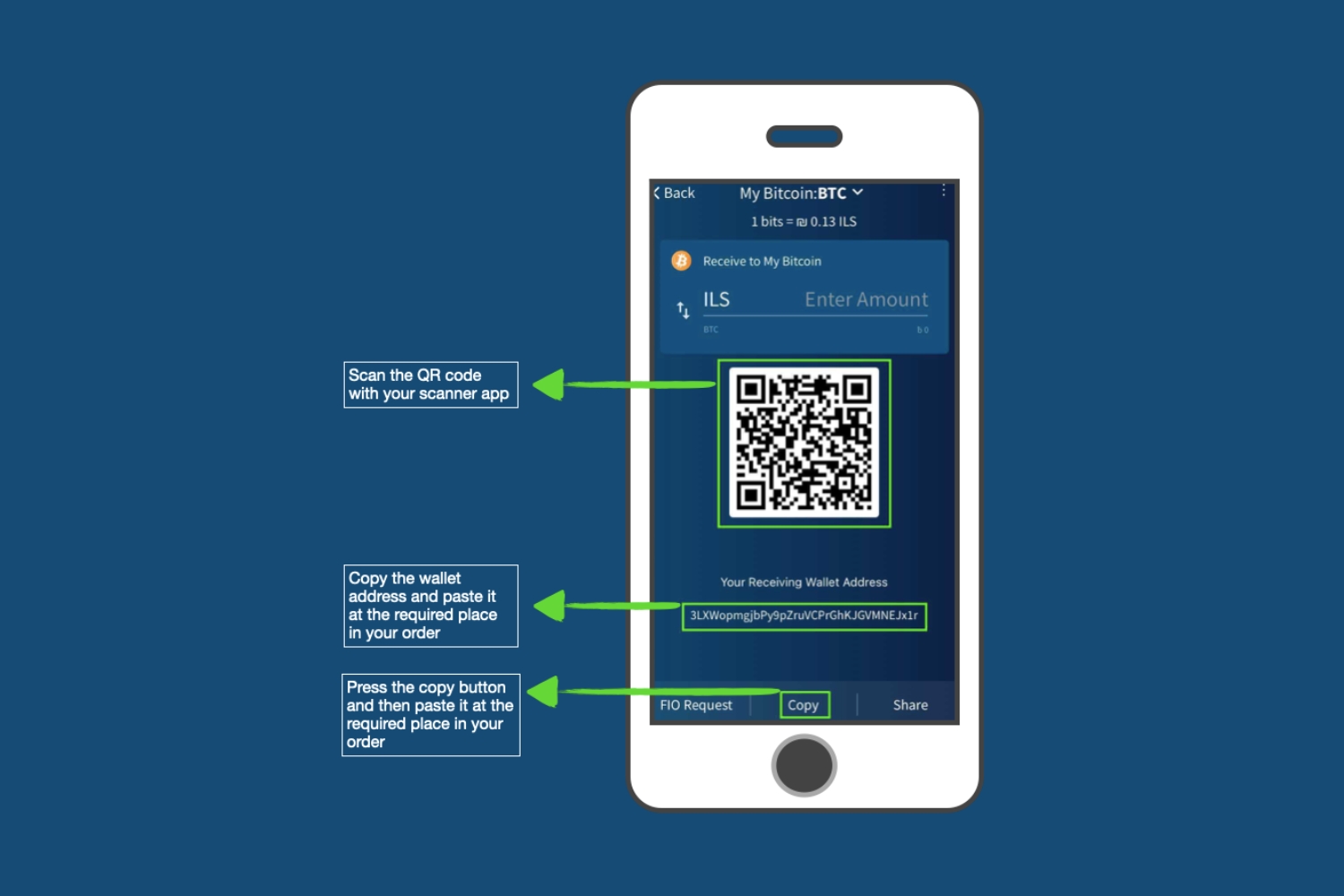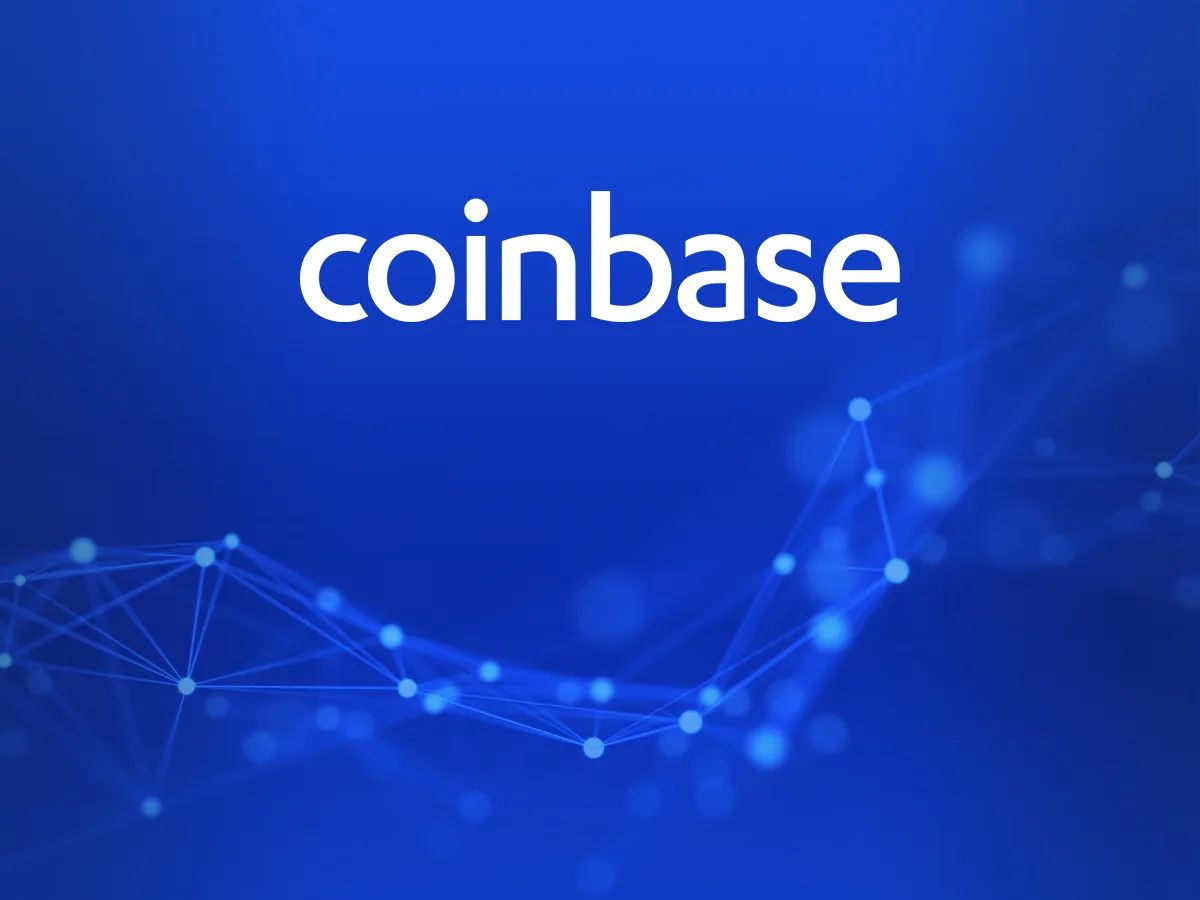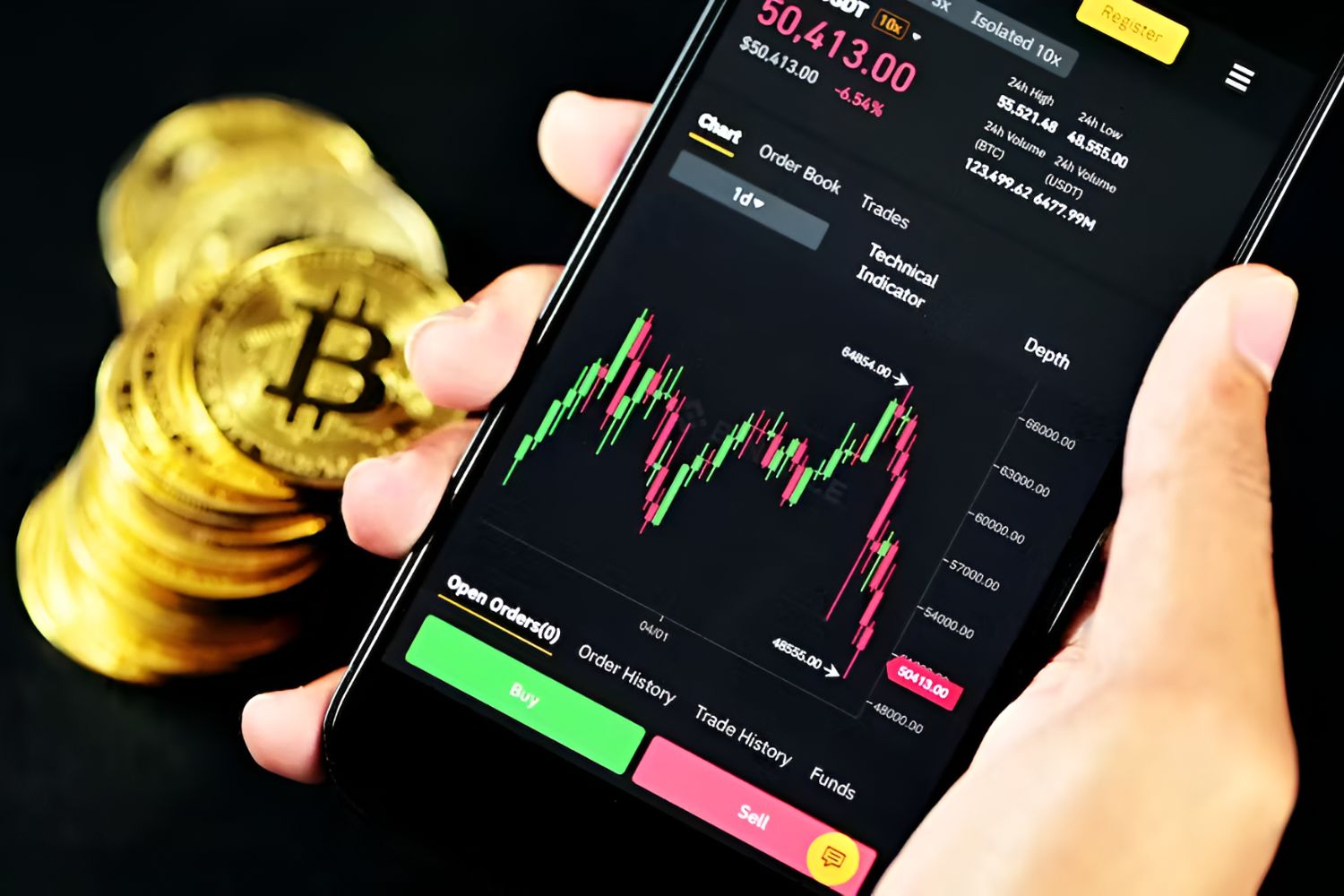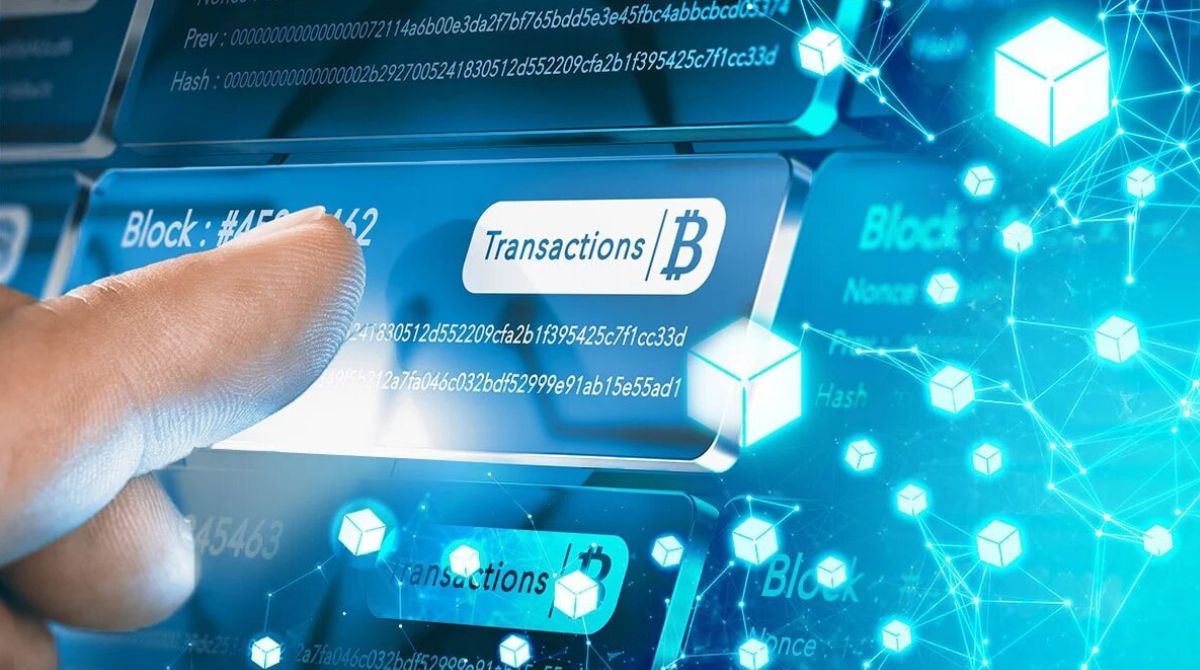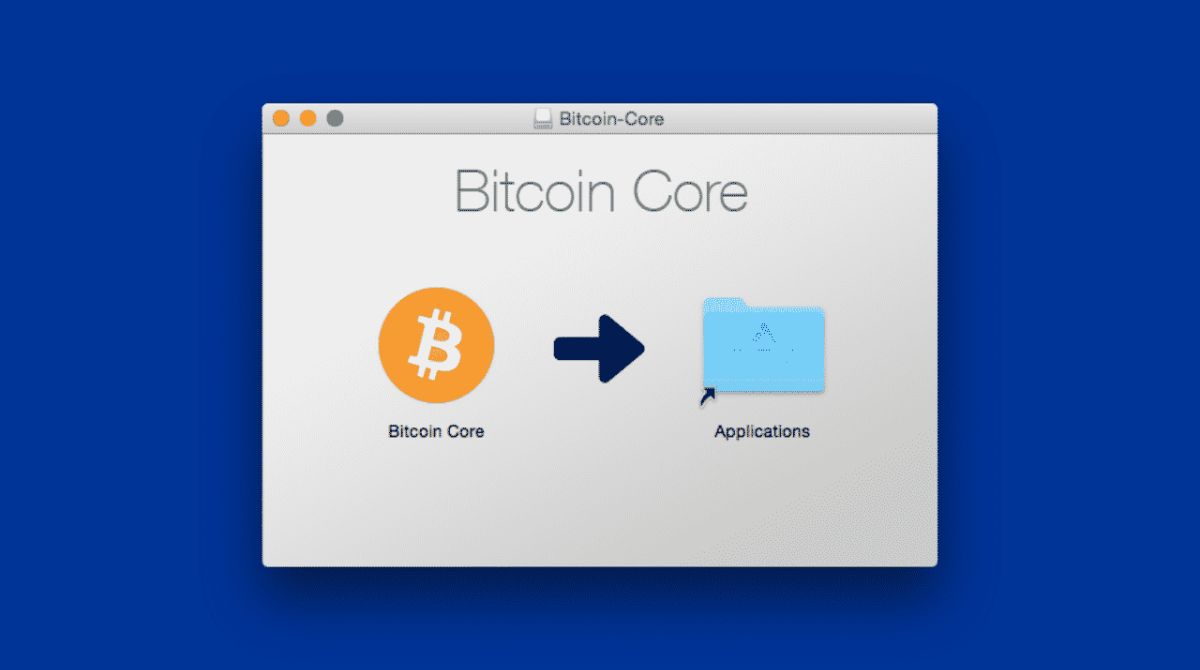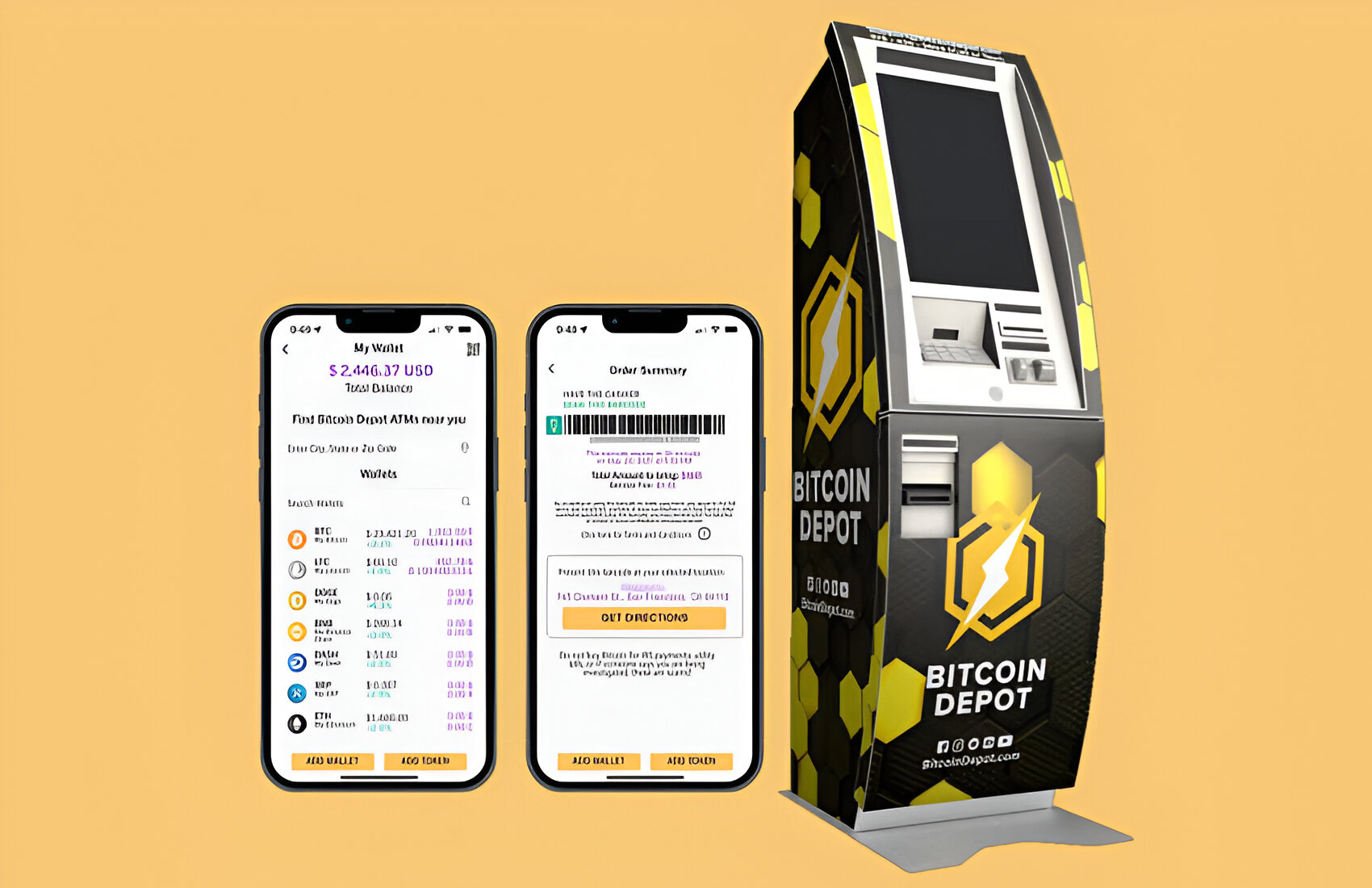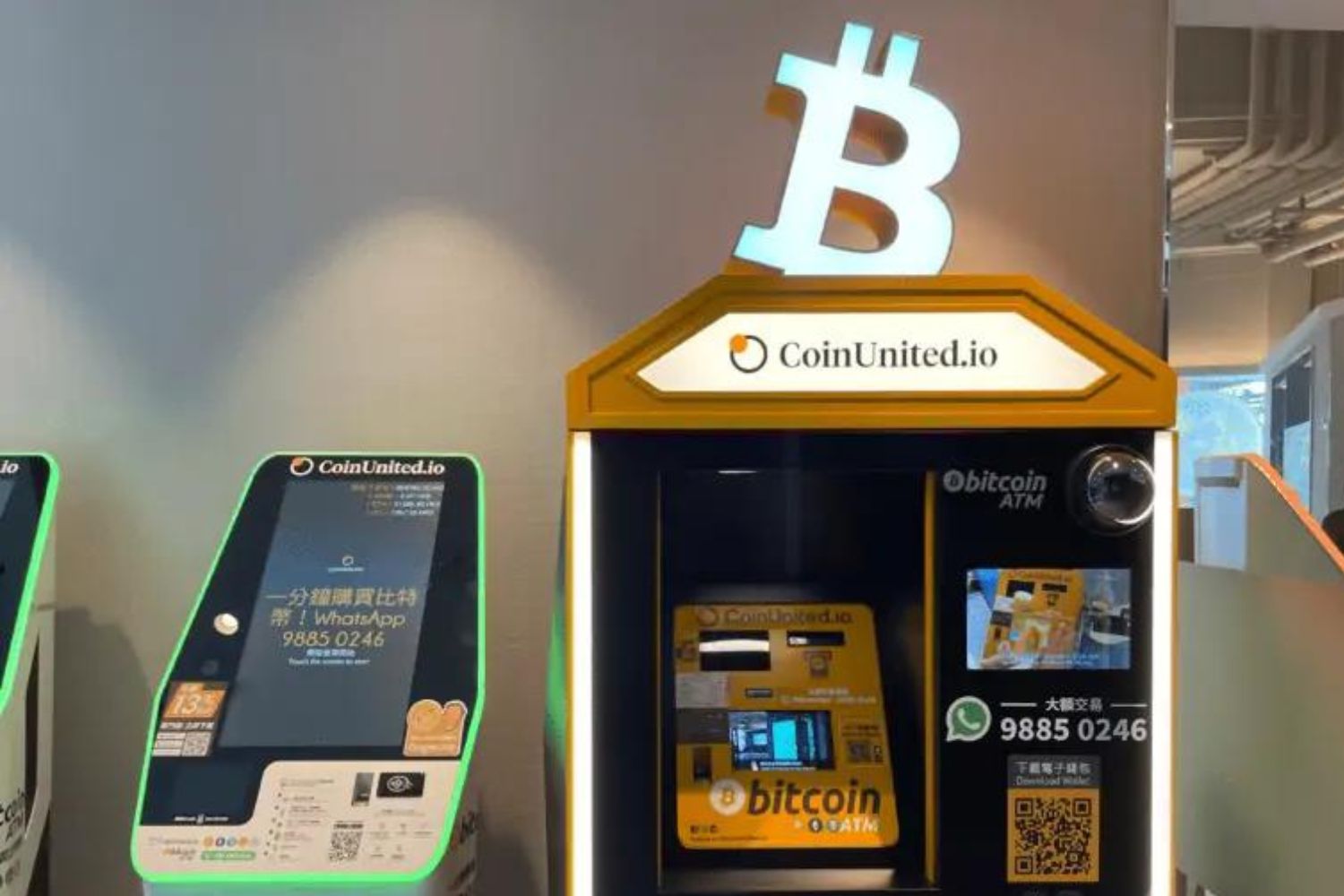Introduction
Bitcoin, the world’s first decentralized digital currency, has gained immense popularity and adoption in recent years. As more individuals and businesses recognize its potential, knowing how to receive Bitcoin has become essential for anyone looking to tap into this digital financial ecosystem.
Unlike traditional currencies, Bitcoin operates on a peer-to-peer network, eliminating the need for intermediaries such as banks. Transactions are secured using cryptography and recorded on a public ledger called the blockchain. To receive Bitcoin, you need a Bitcoin wallet, which serves as your digital address for storing and managing your Bitcoin holdings.
This guide will walk you through various ways to receive Bitcoin and provide valuable insights to help you choose the most suitable option for your needs. From personal wallets to exchanges and payment processors, there are several methods available to receive Bitcoin securely and conveniently.
Before diving into the details, it’s important to note that Bitcoin transactions are irreversible. Once you receive Bitcoin, it cannot be reversed or canceled. Therefore, it’s crucial to take necessary precautions, such as double-checking the recipient’s address, before initiating any transaction.
Additionally, the value of Bitcoin can fluctuate significantly. It’s important to consider its volatility and assess whether receiving Bitcoin aligns with your overall financial goals and risk tolerance. Now, let’s explore the different ways to receive Bitcoin and understand the unique aspects of each method.
Setting up a Bitcoin Wallet
Before you can receive Bitcoin, you need to set up a Bitcoin wallet. A Bitcoin wallet is a digital storage solution that allows you to securely store, send, and receive Bitcoins.
There are various types of Bitcoin wallets available, including software wallets, hardware wallets, and online wallets. Each type of wallet has its own advantages and security features.
Software wallets are applications that you install on your computer or smartphone. They provide a convenient way to access your Bitcoin holdings and facilitate transactions. Popular software wallets include Electrum, Exodus, and Jaxx.
Hardware wallets, on the other hand, are physical devices specifically designed to securely store Bitcoin. They offer an additional layer of security by keeping your private keys offline. Prominent hardware wallet brands include Ledger, Trezor, and KeepKey.
Online wallets, also known as web wallets, are hosted on third-party platforms. While they provide easy access to your Bitcoin from any device with an internet connection, they are considered less secure compared to software or hardware wallets. Examples of online wallets include Coinbase, Blockchain.com, and MyEtherWallet.
To set up a Bitcoin wallet, start by selecting a wallet type that suits your needs. Once you have chosen a wallet, follow the provider’s instructions to create an account. This usually involves providing an email address, creating a strong password, and completing any necessary verification steps.
After setting up your Bitcoin wallet, you will be assigned a unique Bitcoin address. This address is a combination of letters and numbers, similar to a bank account number. It serves as your digital identity, allowing others to send Bitcoin to you.
It’s essential to protect your Bitcoin wallet with strong security measures. Enable two-factor authentication (2FA) if available, and back up your wallet’s private keys or recovery phrase in a safe place. This ensures that you can regain access to your Bitcoin even if you lose your wallet or forget your password.
Now that you have a Bitcoin wallet set up, let’s explore the various ways you can receive Bitcoin and gain exposure to this digital currency.
Ways to Receive Bitcoin
There are several methods available for receiving Bitcoin. Depending on your preferences and requirements, you can choose the most suitable option. Here are four common ways to receive Bitcoin:
-
Receive Bitcoin through a personal wallet: With a personal wallet, you have complete control over your Bitcoin. You can provide your Bitcoin address to others, allowing them to send Bitcoin directly to your wallet. This method offers the highest level of privacy and security. However, it requires you to manage and secure your own wallet.
-
Receive Bitcoin through an exchange: Cryptocurrency exchanges provide a convenient way to receive Bitcoin. If you have an account on a trusted exchange, you can generate a unique Bitcoin address associated with your account. Others can send Bitcoin to this address, and the funds will be credited to your exchange account. This method is suitable if you frequently trade cryptocurrencies on the exchange.
-
Receive Bitcoin through payment processors: Payment processors like BitPay and CoinGate enable businesses to accept Bitcoin as payment. They provide integration options, such as API and plugins, that allow you to receive Bitcoin on your website or online store. These payment processors handle the conversion from Bitcoin to fiat currency, making it easier for merchants to accept Bitcoin payments.
-
Receive Bitcoin through mining: Mining is the process of validating and adding new transactions to the Bitcoin blockchain. Miners, using specialized hardware, compete to solve complex mathematical problems in order to earn new Bitcoins. By participating in mining, you can receive newly minted Bitcoins as a reward. However, mining requires significant investment in hardware and electricity.
When choosing a method to receive Bitcoin, consider factors such as security, convenience, and your specific needs. Personal wallets offer greater control, exchanges provide ease of use, payment processors cater to businesses, and mining allows you to actively contribute to the Bitcoin network.
It’s important to note that when receiving Bitcoin, it’s recommended to wait for a few confirmations on the blockchain before considering the transaction as complete. Confirmations ensure that the transaction is valid and irreversible.
Now that you are familiar with the various ways to receive Bitcoin, let’s delve into important considerations to bear in mind when receiving this digital currency.
Receive Bitcoin through a Personal Wallet
Receiving Bitcoin through a personal wallet offers the highest level of privacy and control over your digital assets. With a personal wallet, you have your own unique Bitcoin address, which you can provide to others for receiving Bitcoin directly into your wallet.
To receive Bitcoin through a personal wallet, follow these steps:
-
Choose a reliable and secure personal wallet that is compatible with your device. Some popular options include Electrum, Exodus, and Jaxx. Make sure to download the wallet from the official website to avoid any potential scams or malware.
-
Install the wallet on your computer or smartphone, and follow the setup instructions provided by the wallet provider. This typically involves creating a strong password and setting up a backup phrase to restore your wallet in case of loss or device failure.
-
Upon completing the setup, you will be assigned a unique Bitcoin address. This is the address you can share with others to receive Bitcoin. It consists of a string of alphanumeric characters.
-
Share your Bitcoin address with the sender, whether it’s an individual or a business, and wait for them to initiate the transaction. Once the transaction is confirmed on the Bitcoin blockchain, the funds will be credited to your wallet. It’s worth noting that the Bitcoin network requires a certain number of confirmations to ensure the transaction’s validity and security. The number of confirmations varies depending on the wallet and transaction size.
-
To ensure the security of your Bitcoin holdings, regularly back up your wallet’s private keys or recovery phrase in a safe and offline location. This will help you regain access to your funds in case of any unforeseen circumstances.
It’s important to exercise caution when sharing your Bitcoin address. Double-check the address to ensure its accuracy before providing it to the sender. Any minor error could result in the loss of funds, as Bitcoin transactions are irreversible.
Additionally, it’s recommended to avoid using the same Bitcoin address for multiple transactions. By generating a new address for each transaction, you enhance your privacy and make it more difficult for others to track your Bitcoin activity.
Receiving Bitcoin through a personal wallet gives you full control and ownership of your digital assets. It is suitable for individuals who prioritize privacy, security, and self-management of their Bitcoin holdings.
Now, let’s explore another method to receive Bitcoin – through an exchange.
Receive Bitcoin through an Exchange
One of the most popular and convenient ways to receive Bitcoin is through a cryptocurrency exchange. Cryptocurrency exchanges provide a platform for buying, selling, and trading various digital assets, including Bitcoin.
To receive Bitcoin through an exchange, follow these steps:
-
Choose a reputable and trustworthy cryptocurrency exchange. Some well-known exchanges include Coinbase, Binance, and Kraken. Ensure that the exchange is available in your region and offers reliable customer support.
-
Create an account on the exchange by providing the required information, such as your name, email address, and sometimes identity verification documents.
-
Once your account is set up, navigate to the “Wallet” or “Deposit” section of the exchange platform. Find the Bitcoin option and generate a unique Bitcoin address associated with your account.
-
Copy the Bitcoin address or scan the provided QR code. This is the address you will use to receive Bitcoin. Share it with the sender, whether it’s a friend, family member, or another cryptocurrency user.
-
When someone sends Bitcoin to your exchange address, the funds will be credited to your exchange account. You can monitor the transaction status and balance through the exchange’s interface.
-
If you plan to hold the received Bitcoin for a longer period, it’s recommended to transfer it to a personal wallet for increased security. Most exchanges allow you to withdraw your Bitcoin to an external wallet by entering the wallet’s address and confirming the transaction.
Receiving Bitcoin through an exchange offers convenience, especially if you frequently trade or diversify your digital assets. However, it’s important to note that holding Bitcoin on an exchange means relying on the exchange’s security measures. It’s advisable to research and choose a well-established exchange with a strong track record in security and user protection.
Some exchanges may also offer additional features, such as the ability to easily convert Bitcoin to other cryptocurrencies or fiat currencies. These features can come in handy if you need to convert your Bitcoin into a different digital asset or traditional currency.
Remember to review the exchange’s fee structure for deposits and withdrawals. Some exchanges may charge a fee for receiving Bitcoin or have withdrawal limits that could impact your ability to access your funds.
Now that you’re familiar with receiving Bitcoin through an exchange, let’s explore another method – receiving Bitcoin through payment processors.
Receive Bitcoin through Payment Processors
Payment processors offer a seamless way for businesses to accept Bitcoin as a form of payment. These services act as intermediaries between customers and merchants, facilitating secure and efficient transactions.
To receive Bitcoin through payment processors, follow these steps:
-
Research and select a reputable payment processor that supports Bitcoin. Popular payment processors in the cryptocurrency space include BitPay, CoinGate, and Coinify. Ensure that the payment processor integrates well with your website or online store platform.
-
Create an account with the payment processor and provide the necessary information to verify your business. This may include details such as your business name, website, address, and bank account information.
-
Once your account is set up, the payment processor will provide you with integration options. This could be in the form of an API (Application Programming Interface), plugins for popular e-commerce platforms, or customizable payment buttons.
-
Integrate the payment processor’s solution on your website or online store. This typically involves adding a payment button or widget that enables customers to choose Bitcoin as their payment method.
-
When a customer selects Bitcoin as their payment option, the payment processor generates a unique Bitcoin address for that specific transaction. You will receive a notification once the payment has been successfully made and confirmed on the blockchain.
-
Depending on the payment processor, you may have the option to either hold the received Bitcoin in your processor account or have it automatically converted to your local currency and deposited into your bank account.
Receiving Bitcoin through payment processors offers a practical solution for businesses that want to accept Bitcoin but prefer not to manage the associated technical aspects. These services handle the conversion process, mitigate volatility risks, and provide a user-friendly experience for both merchants and customers.
Payment processors also offer additional features such as invoice generation, recurring billing, and detailed transaction history. These functionalities can streamline your accounting and provide valuable insights into your Bitcoin payment activities.
Before selecting a payment processor, consider factors such as transaction fees, supported countries, and customer support. Conduct thorough research to ensure you choose a reputable and reliable payment processor that aligns with your business needs.
Now that you are familiar with receiving Bitcoin through payment processors, let’s explore another method – receiving Bitcoin through mining.
Receive Bitcoin through Mining
Mining is the process of validating and adding new transactions to the Bitcoin blockchain. Miners use powerful computers to solve complex mathematical problems, and in return, they are rewarded with newly minted Bitcoins.
To receive Bitcoin through mining, follow these steps:
-
Research and select a suitable mining hardware. Specialized mining rigs, known as ASICs (Application-Specific Integrated Circuits), are commonly used for efficient Bitcoin mining. It’s important to consider factors such as hashing power, energy consumption, and cost when choosing your mining equipment.
-
Set up your mining hardware by connecting it to the necessary power supply and internet connection. Install the mining software that is compatible with your hardware, and configure it according to your mining preferences.
-
Join a mining pool or mine independently. Mining pools are groups of miners who combine their computing power to increase the chances of earning Bitcoin rewards. By joining a mining pool, you contribute to the collective effort and receive a share of the mined Bitcoins proportional to your contribution.
-
Once you start mining, the mining software will continuously solve mathematical algorithms in an attempt to mine new Bitcoins. As blocks are successfully mined, you will receive a portion of the block rewards in the form of Bitcoins.
-
The rewards you receive through mining will be stored in a wallet associated with your mining pool account. You can typically set a minimum threshold for payouts or choose to accumulate your earnings before receiving them. The mining pool will facilitate the distribution of the earned Bitcoins based on your mining contributions.
Receiving Bitcoin through mining allows you to actively contribute to the Bitcoin network and potentially earn Bitcoins. However, it’s important to note that mining can be resource-intensive and requires significant investment in terms of hardware, electricity, and time.
As the mining difficulty increases over time, it becomes more challenging to mine new Bitcoins. It’s crucial to calculate the potential profitability of mining based on factors such as the current Bitcoin price, mining difficulty, electricity costs, and the efficiency of your mining hardware.
It’s worth mentioning that there are other cryptocurrencies that can be mined, which may offer more favorable mining conditions. Research alternative cryptocurrencies and their mining algorithms to determine the most advantageous mining opportunities.
Now that you have explored receiving Bitcoin through mining, let’s move on to important considerations when receiving Bitcoin regardless of the method used.
Important Considerations for Receiving Bitcoin
When it comes to receiving Bitcoin, there are several essential considerations to keep in mind to ensure a smooth and secure experience. Here are some key points to consider:
-
Security: Protecting your Bitcoin holdings should be a top priority. Use reputable wallets and exchanges with strong security measures in place. Enable two-factor authentication (2FA) whenever possible, and regularly update and secure your passwords and private keys.
-
Double-check the recipient address: Bitcoin transactions are irreversible, so it’s crucial to verify the recipient’s Bitcoin address before sending or receiving any funds. Any errors or inaccuracies could result in the loss of your Bitcoin.
-
Transaction confirmations: Depending on the wallet and network congestion, it may take some time for Bitcoin transactions to be confirmed on the blockchain. Wait for an adequate number of confirmations to ensure the validity and irreversibility of the transaction.
-
Volatility: Bitcoin prices can fluctuate significantly in short periods. Consider the volatile nature of Bitcoin when receiving it and assess whether you are comfortable with potential price fluctuations.
-
Transaction fees: Bitcoin transactions typically involve transaction fees, especially when using exchanges or payment processors. Be aware of the applicable fees and factor them into your transactions.
-
Tax obligations: Depending on your jurisdiction, you may have tax obligations related to receiving and holding Bitcoin. Consult with a tax professional to understand the specific regulations in your country.
-
Privacy: Keep in mind that although Bitcoin transactions are pseudonymous, they are recorded on the blockchain, which is public and accessible to anyone. If privacy is a concern, consider using privacy-enhancing techniques such as coin mixers or privacy-focused cryptocurrencies.
By considering these factors, you can enhance the security, efficiency, and overall experience when receiving Bitcoin. Stay informed about the latest developments and security practices in the Bitcoin industry to ensure the ongoing safety of your digital assets.
Now that you have a solid understanding of the important considerations, you’re ready to embark on your journey of receiving Bitcoin. Whether through personal wallets, exchanges, payment processors, or mining, know that this innovative digital currency has the potential to revolutionize the way we transact and store value.







